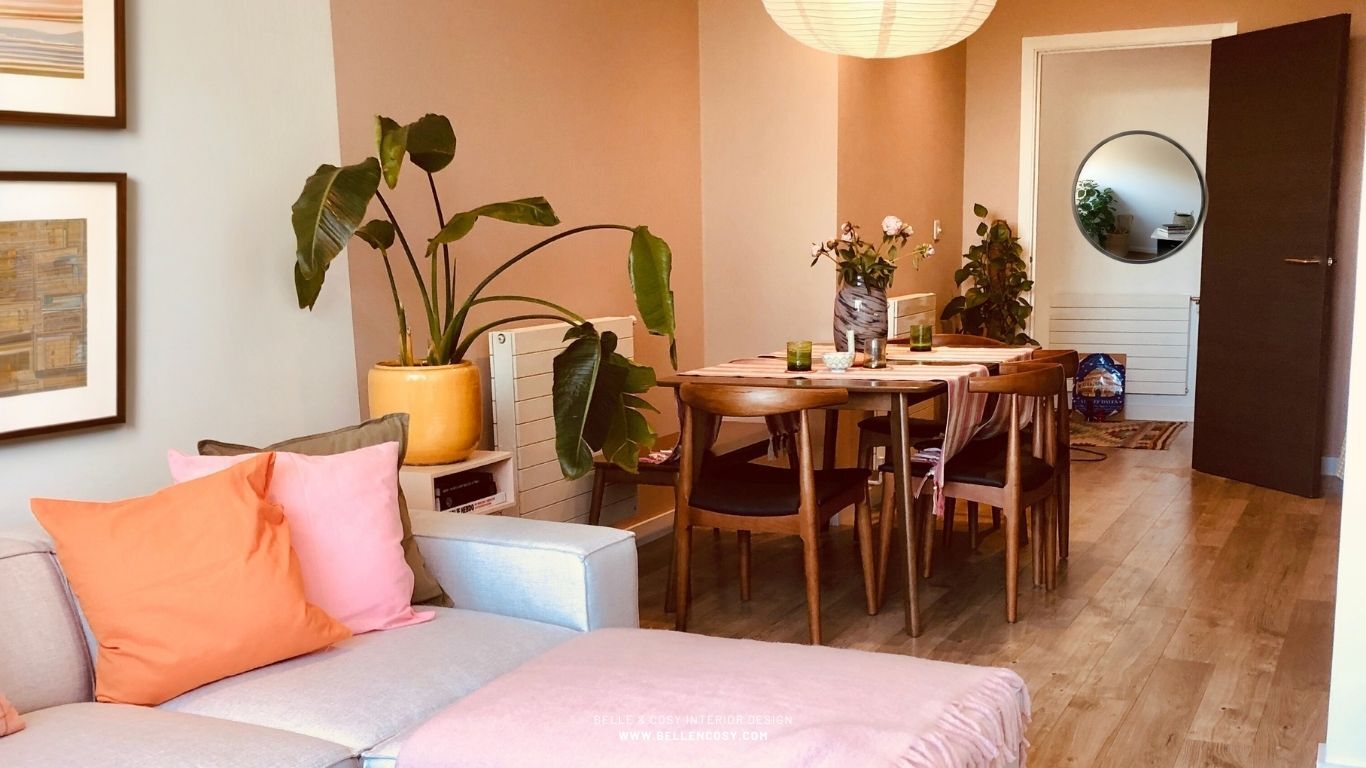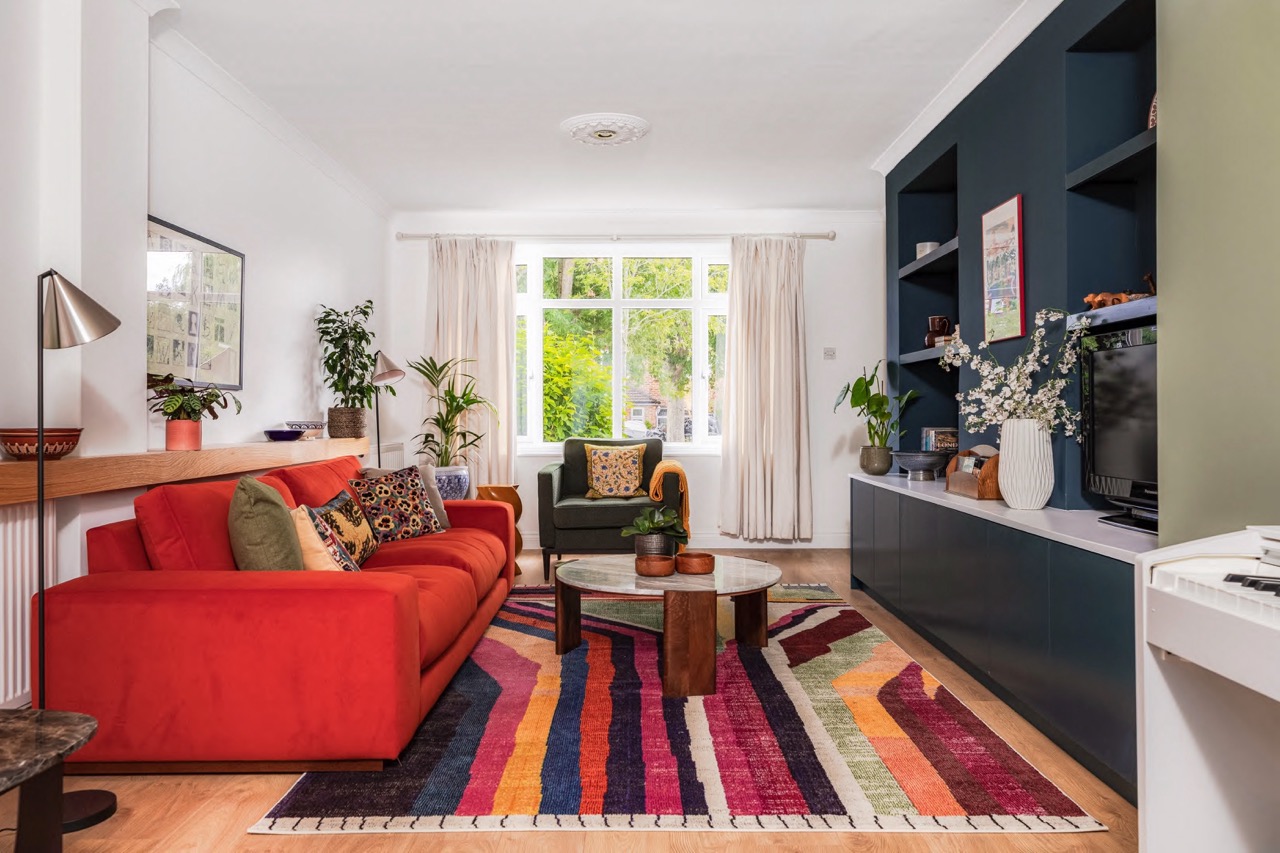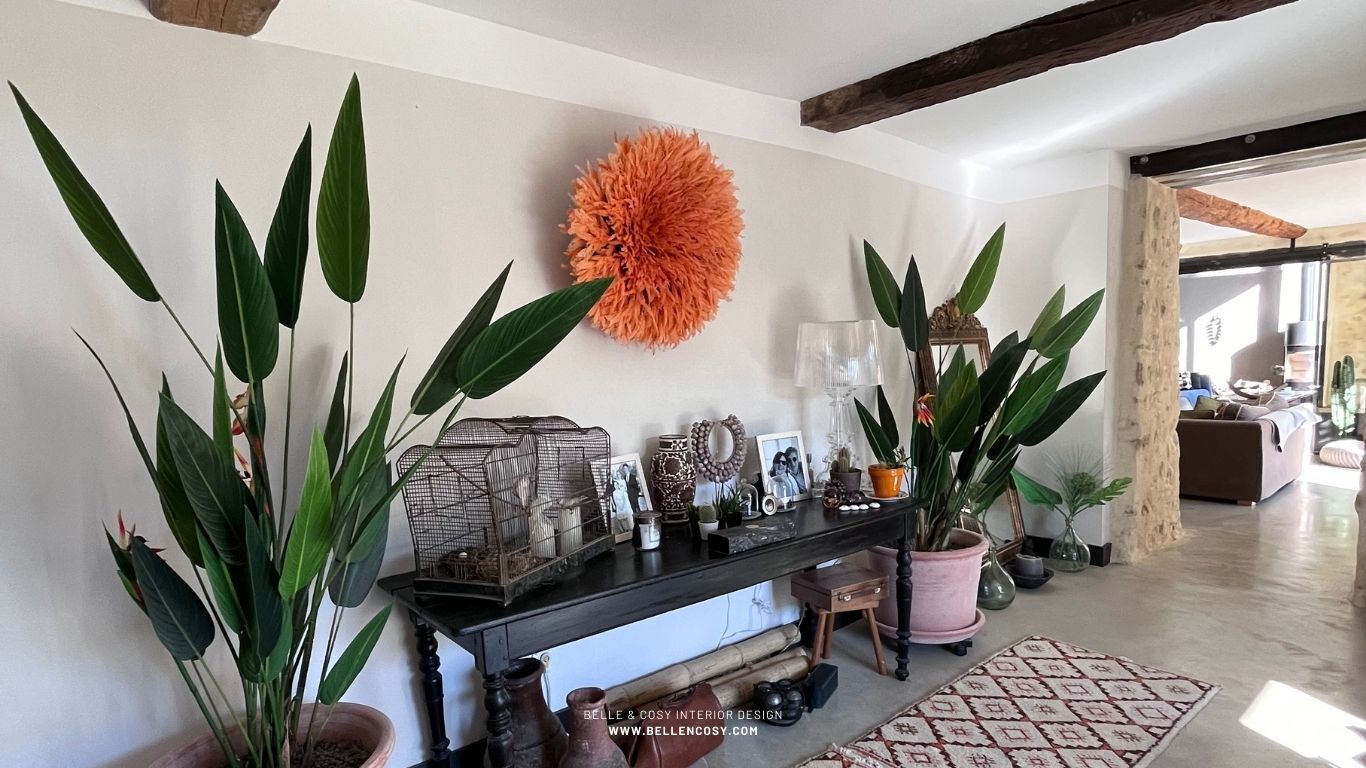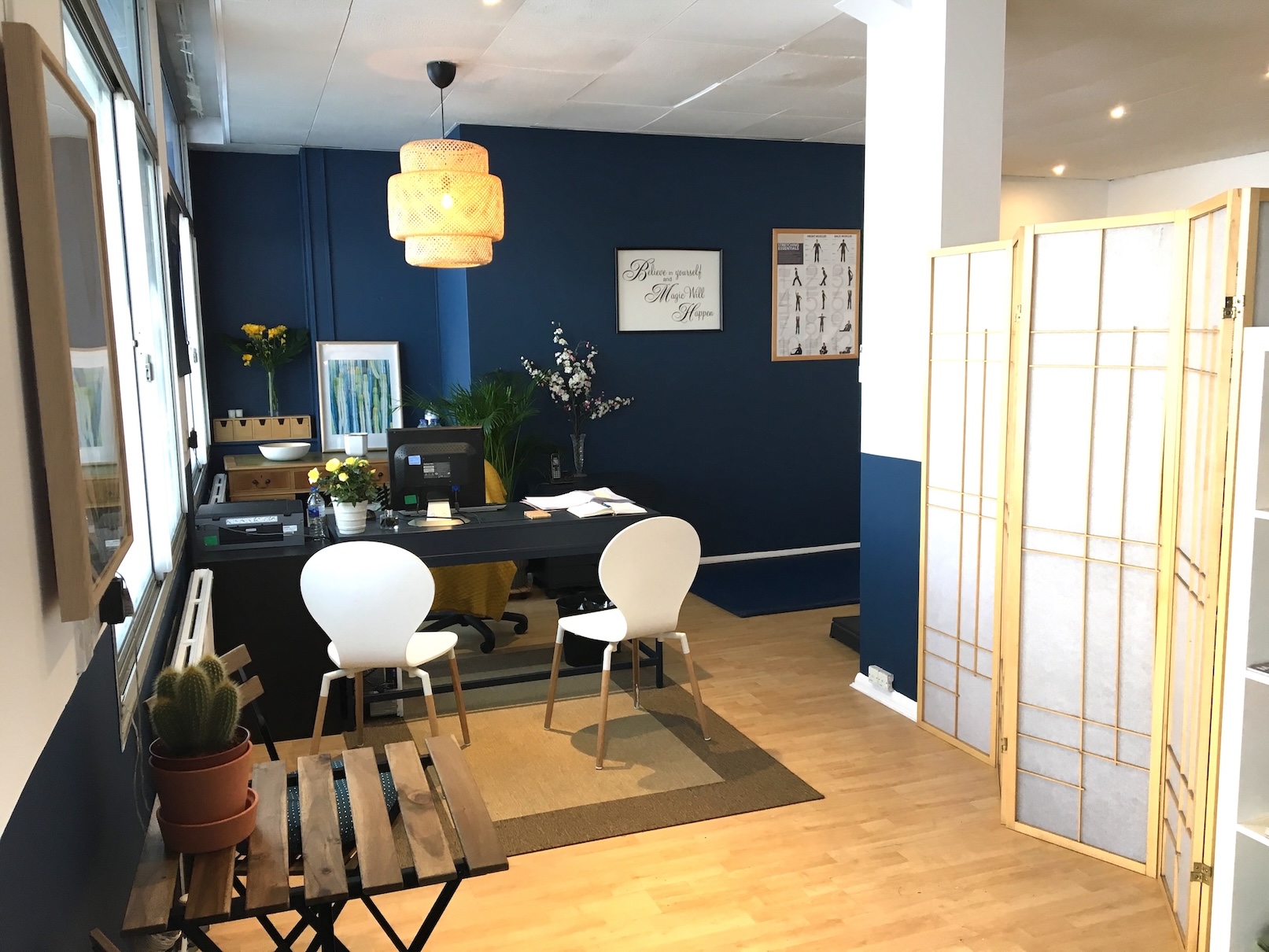In London, space is often a luxury. But a small living room doesn’t mean you have to shy away from colour—in fact, colour can be your best design tool for opening up the space, adding personality, and creating zones in multifunctional areas.
1. Soft light reflectors
Pale blues, chalky greens, and blush pinks work wonders in small rooms with limited light. They lift the space while still adding charm and character. These hues reflect light better than whites without feeling cold.
2. Go Bold with an accent wall
If your room lacks architectural interest, create it with colour. A bold emerald green, a moody navy, or even a terracotta wall can ground the space and create depth. Pair it with light tones on adjacent walls to balance.
3. Tonal layering
Use various tones of the same colour for a sophisticated and cohesive look. For example, a small room in sage green walls, olive velvet cushions, and fern-toned curtains will feel enveloping but not overwhelming.
4. Use colour to define function
In open-plan or small rooms doing double duty, use colour to define zones. A reading nook painted in a slightly deeper hue than the main wall colour visually sets it apart without walls.
5. Accent with texture
In smaller spaces, colour needs texture to sing. Think boucle cushions on a monochrome sofa, linen curtains with subtle pattern, or a jute rug on a painted floor.
Belle & Cosy Interior Design: Bringing bringing heritage to life
One of my London clients had a compact living room that felt dark and poky, despite its white walls. We transformed it using a pale plaster pink palette layered with rich textiles—tangerine and baby pink-toned cushions, walnut shelving and furniture to bring contour, and a bright moroccan rug. It now feels inviting and spacious, even without adding square footage.
If you’re ready to transform your small living room into something full of personality and light, I’d be delighted to help.






